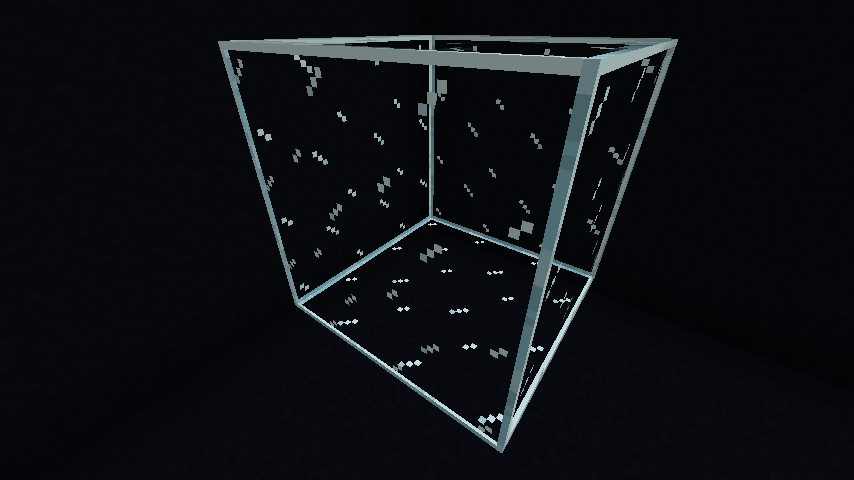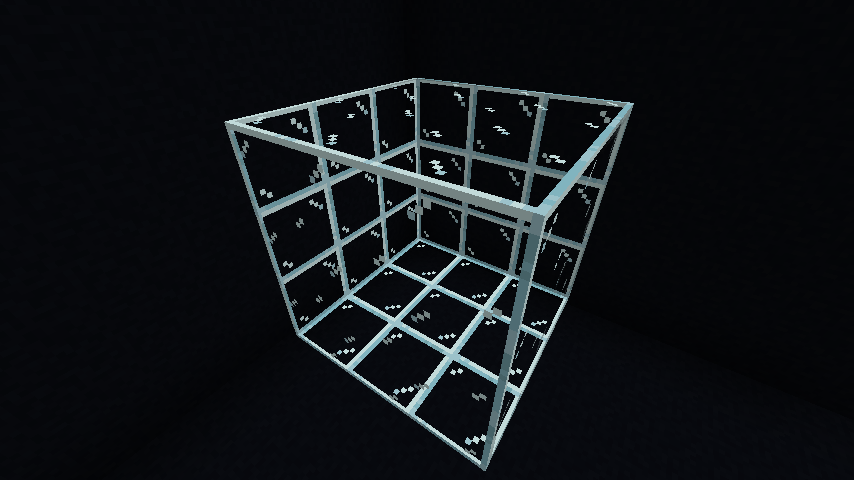From my understanding of innerSeams, this is intended. Continuity does not care what depth the face is at or what its cull face is.
Assume connected textures are being applied to the inner face of an outer center block $B_O$ at position $P_O$. To make explanation easier, also assume that right now the up direction is being checked for a connection. Block $B_A$ at position $P_A$, the position offset in the relative up direction, is checked for a connection. If the predicates in the properties file match $B_A$, the connection succeeds. However, if innerSeams=true, block $B_B$ at position $P_B$, the position "in front" (offset in the direction of the quad's light face) of position $P_A$, is also checked. If block $B_B$ also passes the connection predicates, the original up connection fails; otherwise, it succeeds.
I would like to know how you would like this issue to be resolved, since right now I do not imagine how it could be done without special-casing. Did innerSeams work differently in MCPatcher and would such functionality resolve this issue? If so, how did it work?














Currently developing a resource pack which contains a custom model for glass blocks containing inner faces. I've attached minimal resource packs containing these models for testing.
When innerSeams is not enabled, the back faces of pretty much any shape constructed from glass blocks render connected like the front faces do.


I, however, want to use innerSeams, and that's where the problem arises: turning it on causes the texture connections on the back faces to just give up. The front still works fine, the back faces are the issue here.
The two test resource packs can be found as follows: hollow-glass-continuity-no-seams.zip hollow-glass-continuity-with-seams.zip
The same issue is also present in OptiFine 1.19.4, but is blocked by a more significant bug (https://github.com/sp614x/optifine/issues/7338).